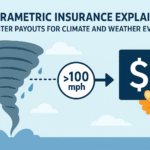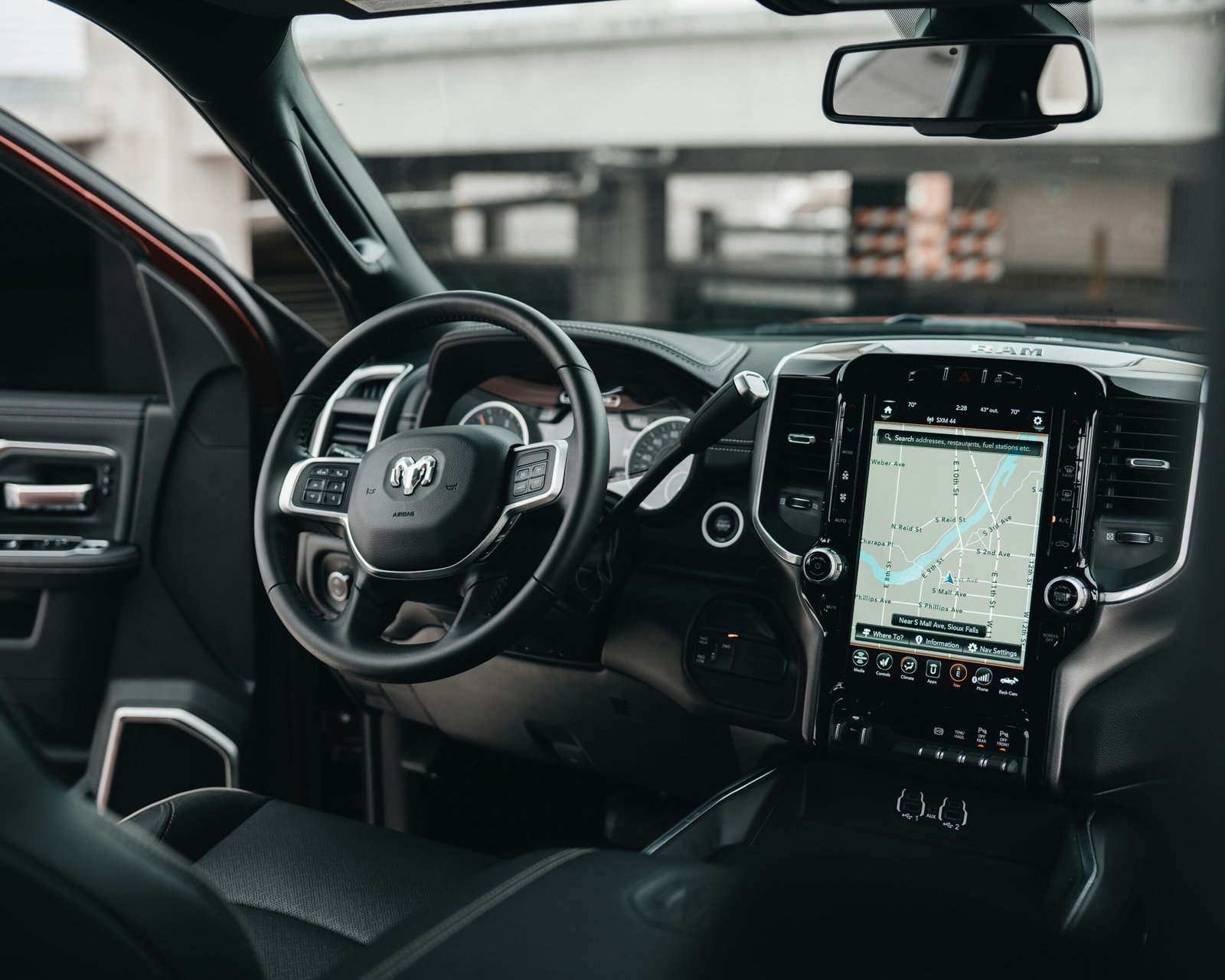Understanding Vehicle Insurance Basics
Vehicle insurance is a crucial aspect of responsible vehicle ownership, providing financial protection against potential losses incurred from accidents, theft, or damage. The primary purpose of vehicle insurance is to mitigate the financial burden that can arise from unforeseen events. There are various types of coverage options available to policyholders, with three core categories being liability, collision, and comprehensive insurance.
 Liability insurance is essential for drivers as it covers damages to other people’s property and injuries sustained by others in an accident where you are at fault. This type of insurance is often mandated by law, and carrying sufficient liability coverage can protect you from hefty expenses resulting from lawsuits or claims. Collision insurance, on the other hand, covers the cost of repairing your own vehicle after an accident, regardless of fault. This coverage can be particularly beneficial for newer or more expensive vehicles. Lastly, comprehensive insurance covers damages to your vehicle that are not caused by a collision, such as theft, vandalism, or natural disasters, ensuring broader protection for your asset.
Liability insurance is essential for drivers as it covers damages to other people’s property and injuries sustained by others in an accident where you are at fault. This type of insurance is often mandated by law, and carrying sufficient liability coverage can protect you from hefty expenses resulting from lawsuits or claims. Collision insurance, on the other hand, covers the cost of repairing your own vehicle after an accident, regardless of fault. This coverage can be particularly beneficial for newer or more expensive vehicles. Lastly, comprehensive insurance covers damages to your vehicle that are not caused by a collision, such as theft, vandalism, or natural disasters, ensuring broader protection for your asset.
Several factors influence your vehicle insurance premiums, among them your driving record, the make and model of your vehicle, and your geographic location. A clean driving record generally results in lower premiums as it indicates a lower risk of filing claims. Furthermore, insurers often evaluate the safety features of your vehicle; cars with advanced safety technology may lead to cheaper auto insurance rates. Additionally, where you reside can significantly impact oil costs; areas prone to high crime rates or heavy traffic may result in more expensive coverage.
By grasping these vehicle insurance basics, you can better assess your coverage needs and identify savings opportunities. Understanding various factors that influence insurance rates equips you to make informed decisions potentially leading to cheaper car insurance in 2025.
Shop Around for the Best Rates
When it comes to securing affordable vehicle insurance, the importance of shopping around cannot be overstated. Comparing insurance quotes from multiple providers is a crucial step towards finding cheap car insurance that meets your needs without breaking the bank. In 2025, consumers have the advantage of various online tools that simplify this process. Websites dedicated to insurance comparison platforms allow you to view multiple policy options side-by-side, which can help you make informed decisions based on coverage and affordability.
Before diving into the comparisons, however, it is essential to understand the nuances of different policies. Not all vehicle insurance policies are created equal; they may vary significantly in terms of coverage limits, deductibles, and additional features such as roadside assistance or rental car reimbursement. Evaluating these aspects can help you determine not only which options offer the lowest premiums but also which provide the best overall value based on your specific driving habits and requirements.
Additionally, while comparing rates, pay close attention to the credibility and customer service reputation of insurance companies. Reliable reviews and ratings from independent sources can give you insight into how well a company handles claims and resolves customer complaints. This diligence is crucial because a policy that appears inexpensive upfront may lead to higher costs later if the insurer is difficult to work with during the claims process.
In conclusion, incorporating effective strategies for comparing vehicle insurance quotes enables you to identify suitable motor insurance tips tailored to your needs. By leveraging online tools and focusing on policy nuances, alongside the reputation of providers, you can secure not only cheap auto insurance for 2025 but also a reliable and trustworthy coverage experience.
Take Advantage of Discounts and Bundling Options

Shopping for vehicle insurance in 2025 can seem daunting; however, one effective strategy to secure cheap car insurance is by taking advantage of the various discounts offered by insurers. Many insurance companies provide discounts for safe driving records, which reward policyholders who maintain a clean driving history over a set period. Additionally, if you own multiple vehicles, insurers often include discounts for insuring more than one car under a single policy. This not only streamlines the management of your insurance but can also lead to significant savings on monthly premiums.
Another strategic approach is bundling your vehicle insurance with other types of insurance, such as homeowners or renters insurance. Many providers offer attractive discounts for bundling, sometimes reducing your overall costs by several hundred dollars annually. It is essential to compare and review the available options from various insurers to find the best bundling deals that cater to both your vehicle and home insurance needs. Be proactive when discussing these options by asking your insurance agent about any potential for savings through bundled policies.
Documentation is crucial in securing these discounts. For instance, to obtain a safe driving discount, you may need to provide proof of your driving history or a certificate from any relevant driving courses completed. Similarly, for multi-vehicle discounts, clear registration documentation for each vehicle should be submitted. Before finalizing your vehicle insurance plan, ensure that you inquire about all available discounts and the necessary documentation to maximize your savings. By being informed and proactive, you can effectively lower your auto insurance costs, making your policy more affordable.
Adjusting Your Coverage and Deductibles
One of the most effective strategies to save on vehicle insurance in 2025 is to carefully adjust your coverage levels and deductibles. Vehicle insurance policies typically offer various coverage options, including liability, collision, and comprehensive insurance. By understanding your individual needs and circumstances, you can make informed decisions that can lead to significant cost savings.
Raising your deductibles, which is the amount you pay out of pocket before your insurance coverage kicks in, can substantially reduce your premium costs. For instance, if you opt for a higher deductible, such as $1,000 instead of $500, you may be able to save up to 25% on your premium. However, it is crucial to ensure that you can afford the deductible amount in the event of a claim. Before raising your deductible, evaluate your financial situation to determine what amount is manageable without jeopardizing your finances in case of an accident.
In addition to adjusting deductibles, examining your required coverage levels is a crucial step. Depending on your situation, such as the age and value of your vehicle, you may find that lower coverage levels are sufficient. For older cars with a low resale value, it might be more cost-effective to drop collision or comprehensive coverage entirely, relying instead on the mandatory liability coverage. This type of adjustment does not only help in achieving cheap auto insurance but also keeps out unnecessary financial burdens.
It is also advisable to periodically reassess your coverage needs. Changes in your financial status, lifestyle, or even vehicle usage can necessitate adjustments to your policy. For instance, if you have paid off your vehicle or chosen to use it less frequently, a review of your policy could reveal opportunities for savings. By staying informed and proactive, you can ensure your vehicle insurance remains both adequate and affordable as conditions change.









